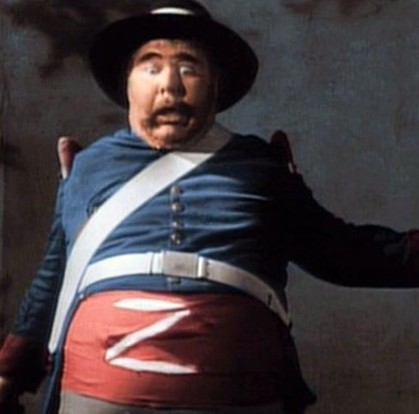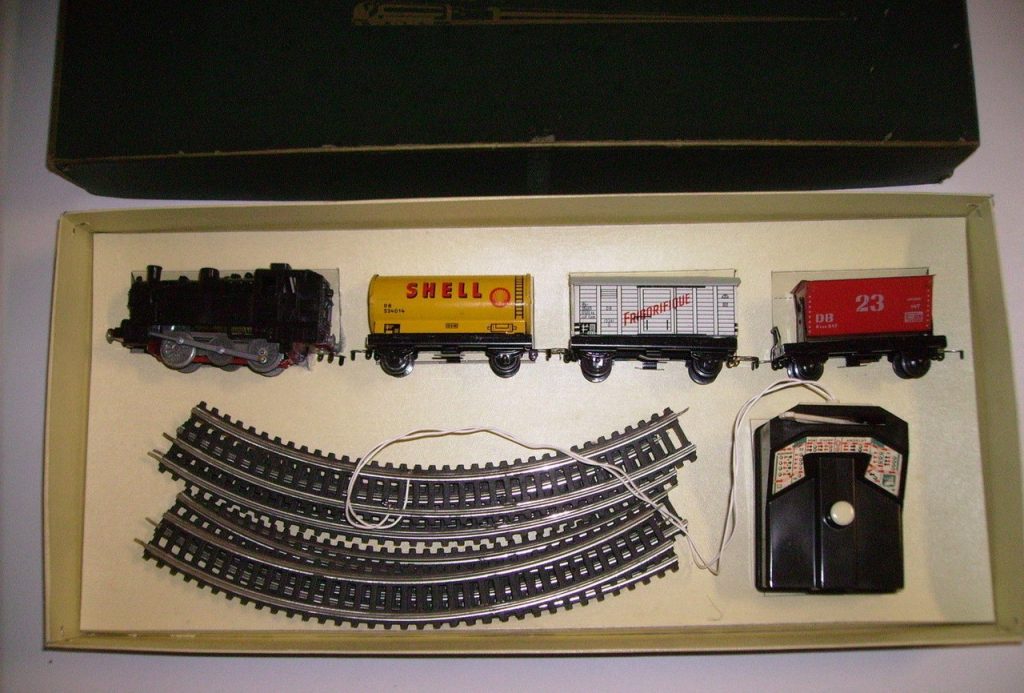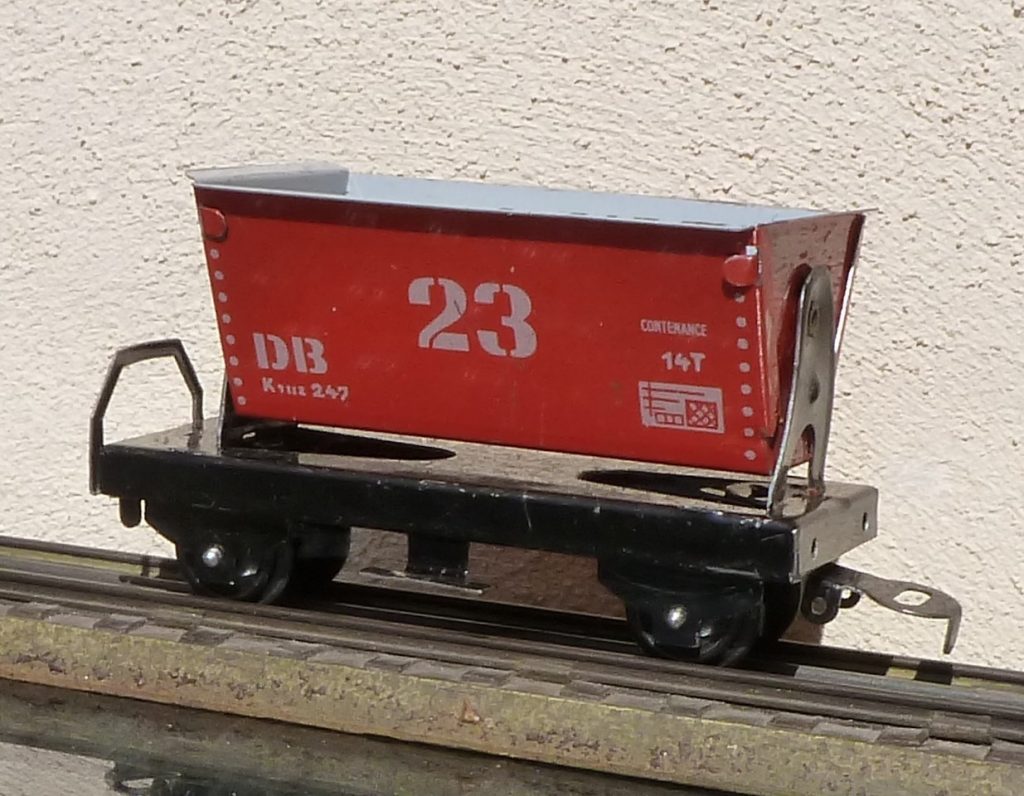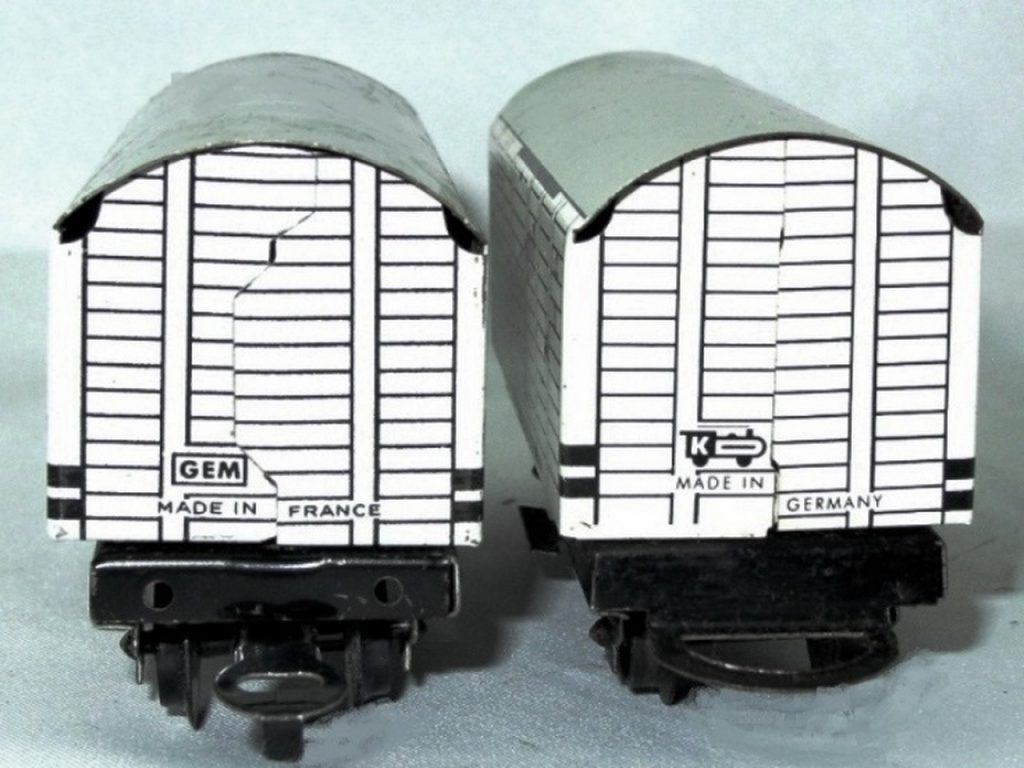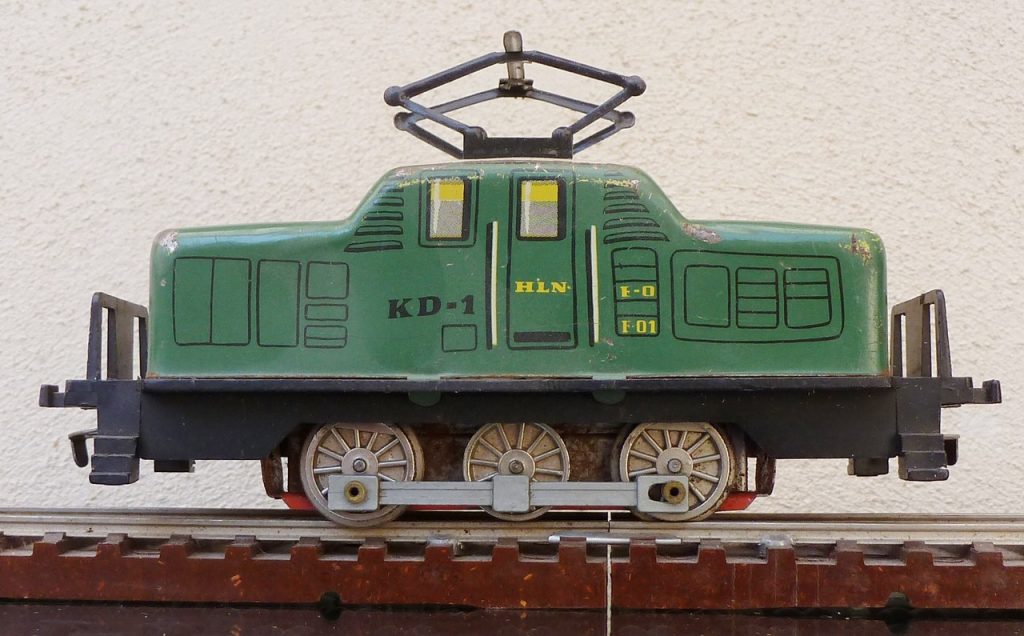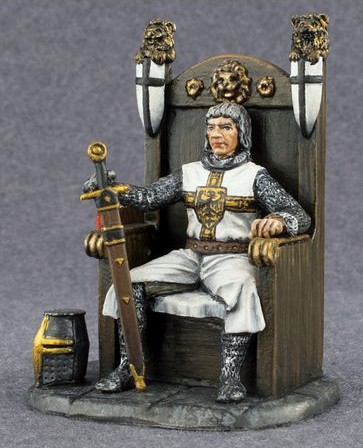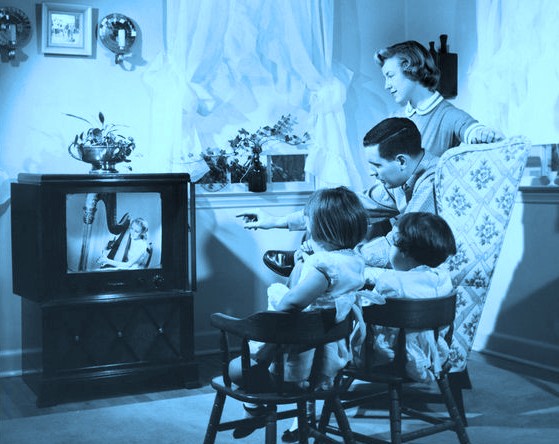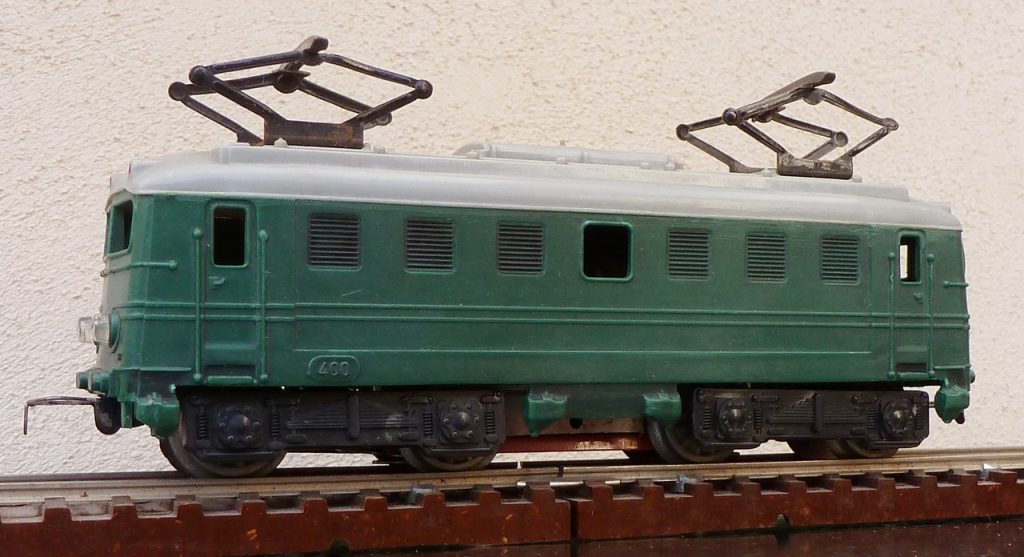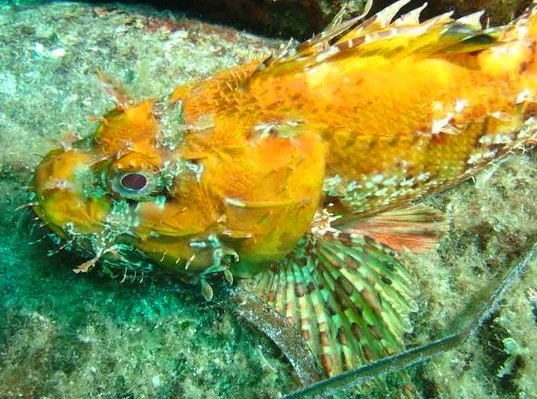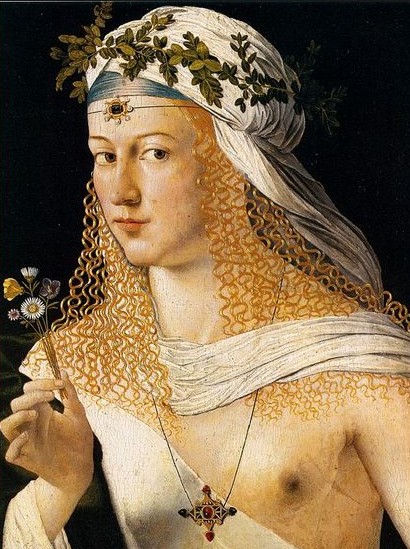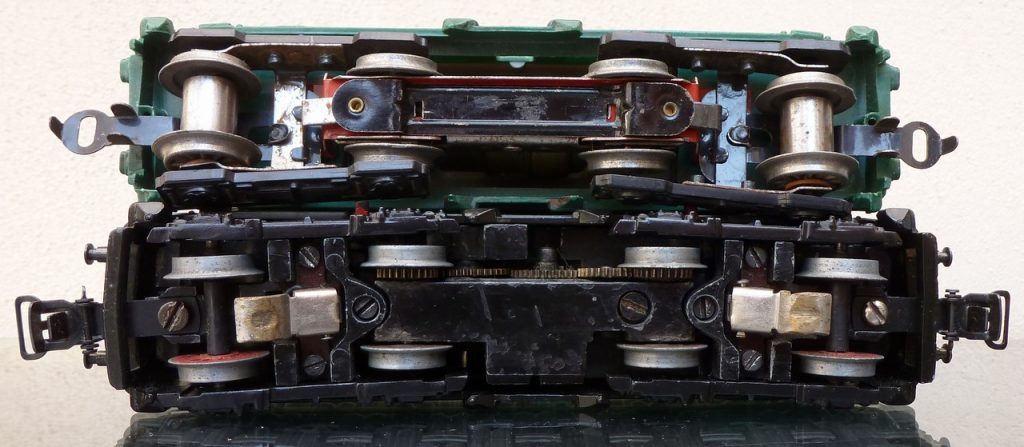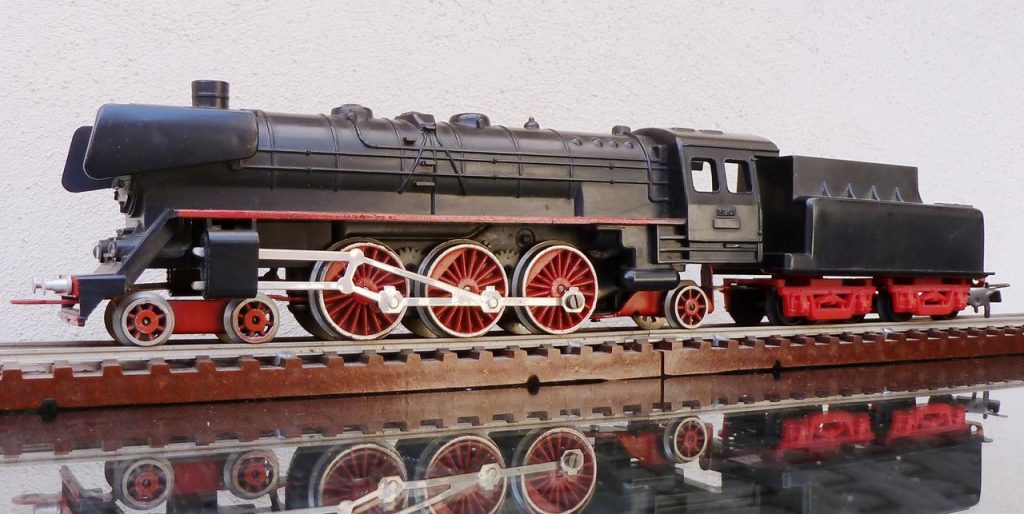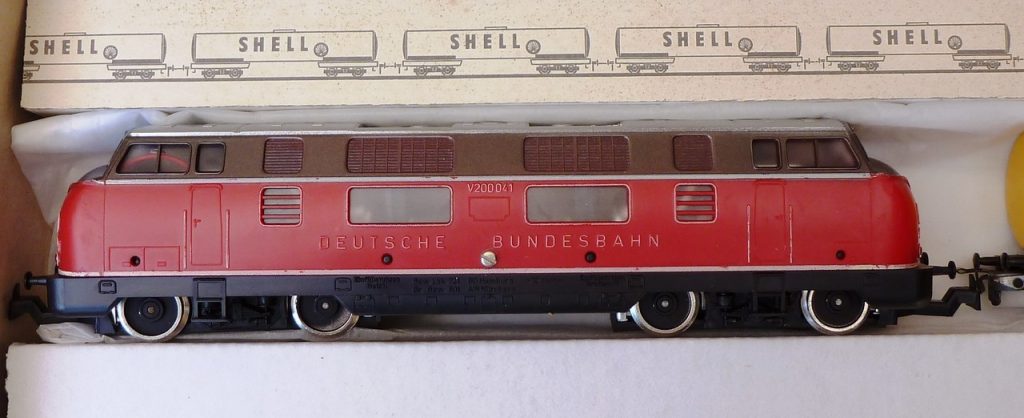Konrad Dressler (second part)
(written by P.G.)
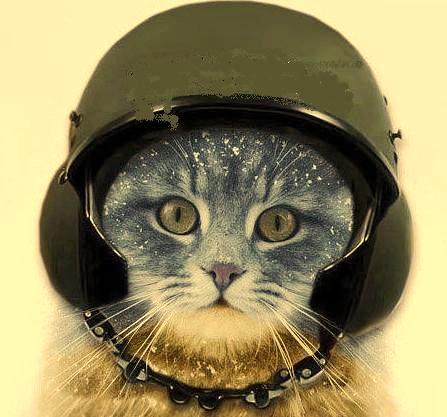
As a result of the collaboration in ’56 and in ’57 between Konrad Dressler and George Ernest Merli (GEM), certain trains were made for the French market, the distribution of which was taken up by France-Jouets (do not ask me “Merli, who was he?” but go and see the article on France-Jouets).
The image below shows an example, with a “Zorro”
Dressler set in the electric version with three axles and three freight cars ….
… the refrigerator wagon …
… the Shell tank wagon …
… and the wagon with bucket …
… they differ from those sold on the other side of the Rhine only bythe writing, especially “Made in France” and “Made in Germany” on the both sides ....
… and the presence or absence of the holes for the buffers.
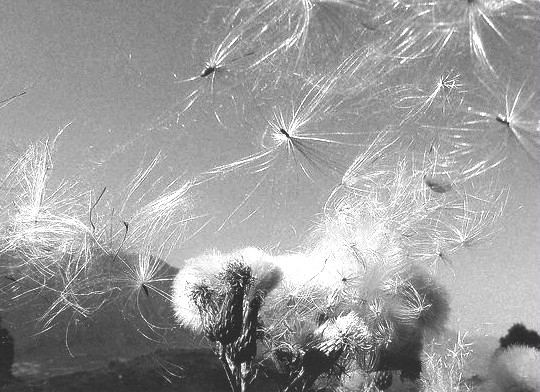
Even the four axles coach already shown in the first section had a French version known as “Mistral.”

This electric locomotive in three axles KD-1 is dated from the late 50s
… with a stainless and plastic sheet lithographed frame …
… one of the rarest pieces, greatly sought after by collectors of this brand. Like all of the “electrical locos”, by that manufacturer, it operates on DC two 4.5 V rails.
The product range of a Teutonic producer
could not fail to include the BR 80 ….
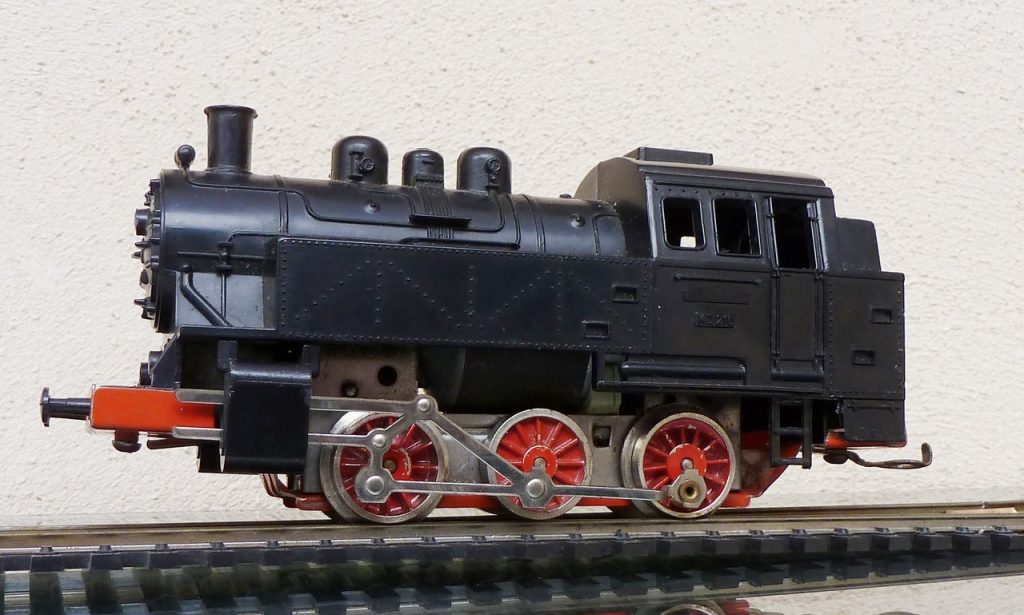
… which, in contrast to the previous locomotive, is fitted with a metal frame and plastic case …
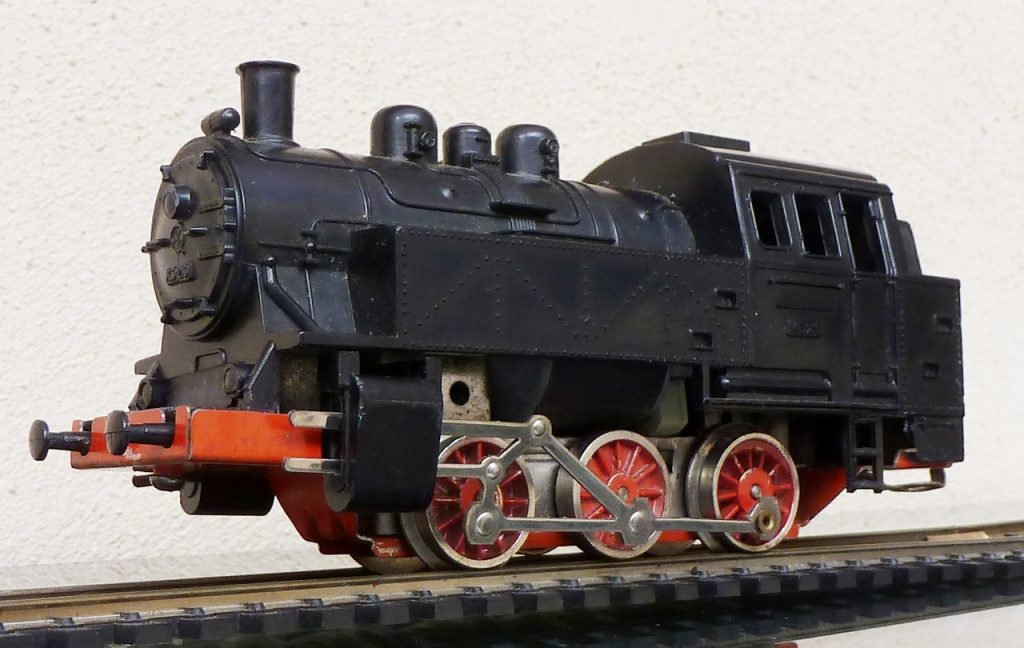
It has the chassis and linkage in common with the first version … BR 23
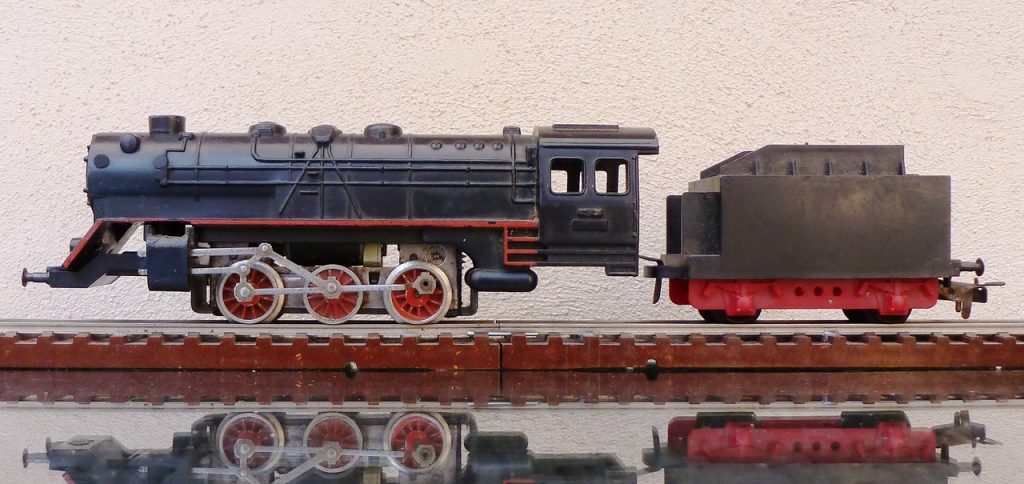
… That, despite its charm,
with his two-axle tender and without the pony trucks, does not represent a true replica of the shine of fidelity to the real train….
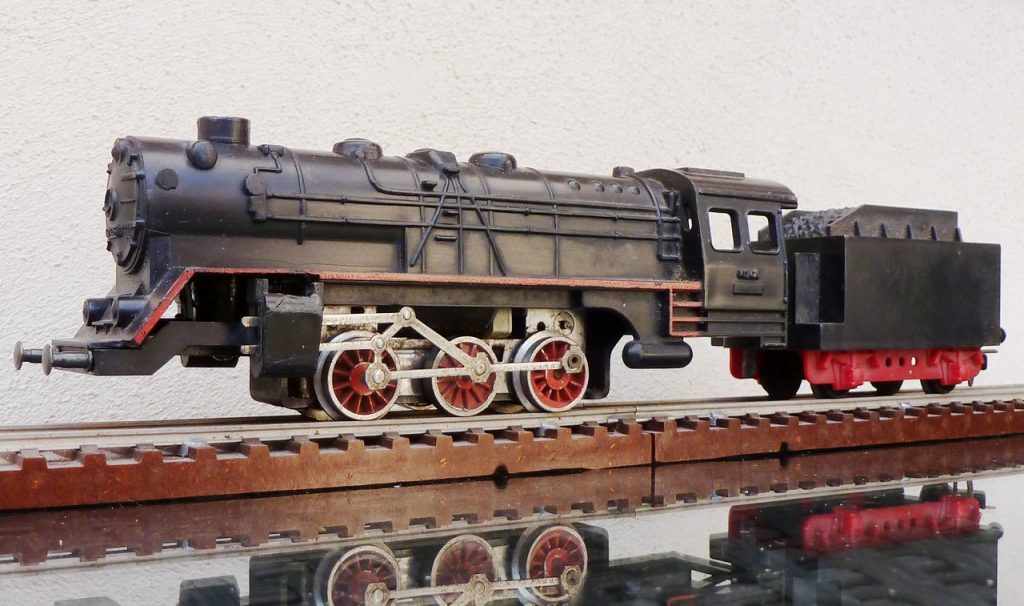
The second version of the BR 23, from the beginning of the 60s ….

… .is equipped with a tender to trucks and driving axles, as in the case of the real locomotive.
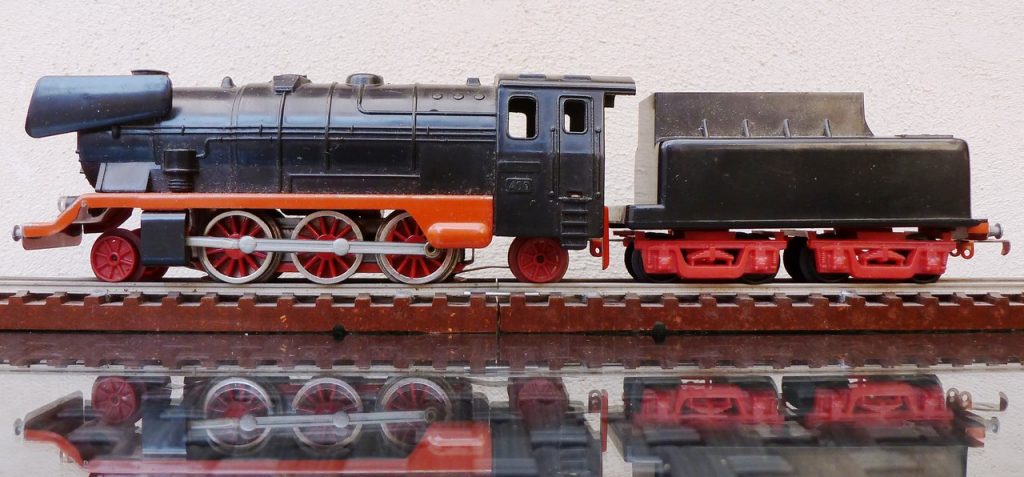
It was also sold in a set with binary oval (always Fleischmann) and battery box .

The three four axles coaches ….
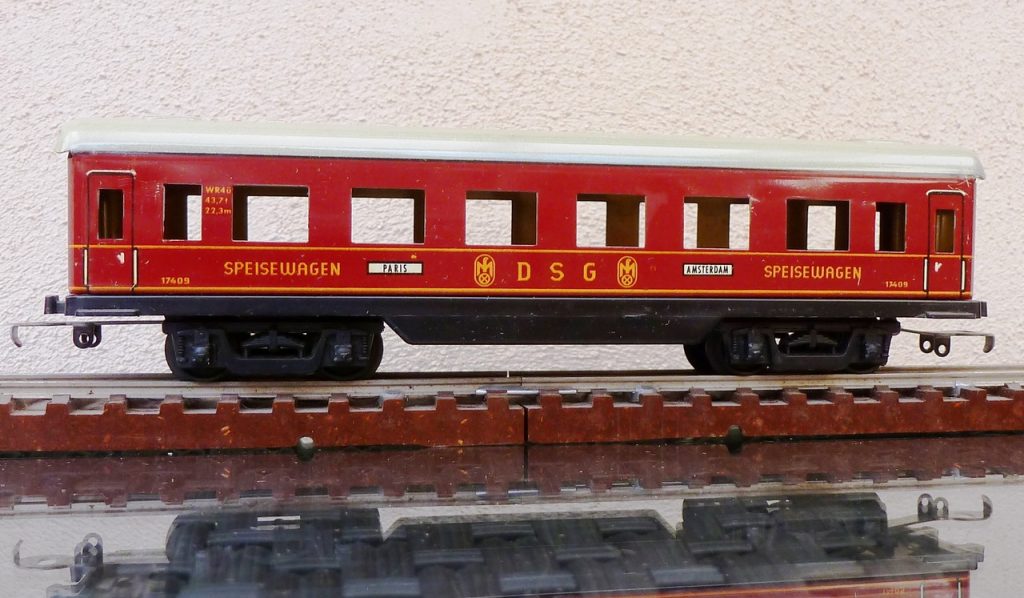
… are lithographed sheet and derive from the “Santa Fe” presented in the first part of this article.
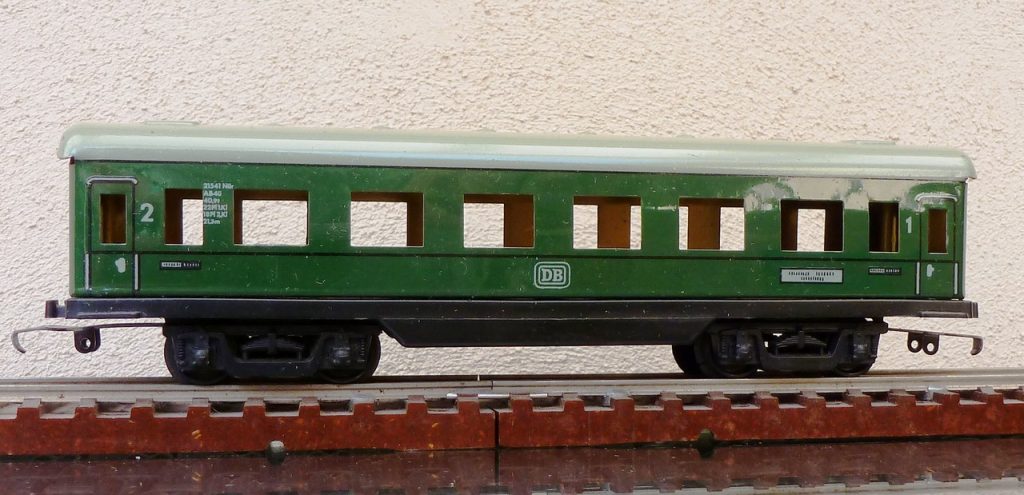
But we go back a bit
into the’ 50s
with this pack containing an electric Dutch inspired locomotive and a freight train.

The locomotive is made
of plastic and metal ….
…. green version.
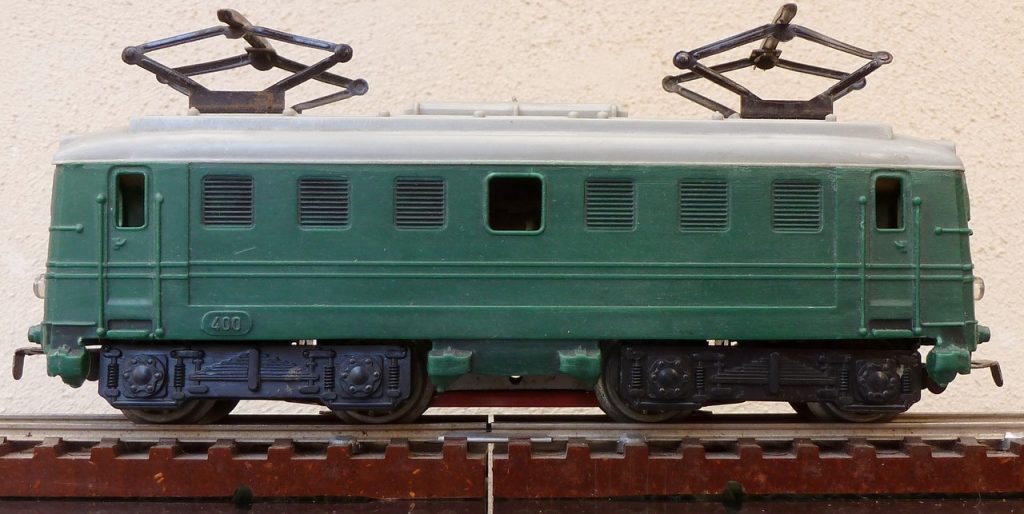
Particularly successful is the wagon for car transportation ….

… and the battery box “camouflaged”
by a Shell tanker.
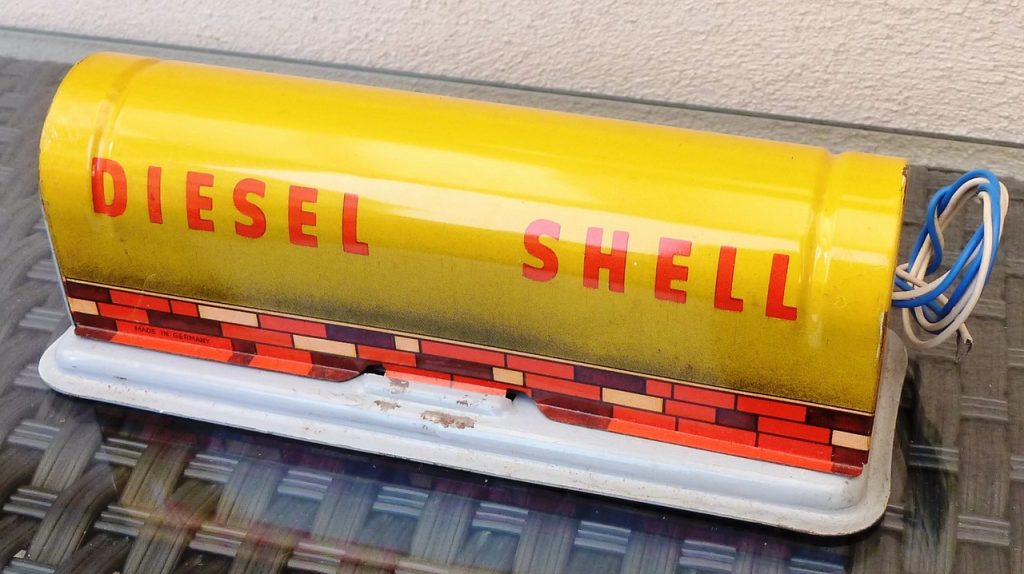
This set does contain a passenger train ….
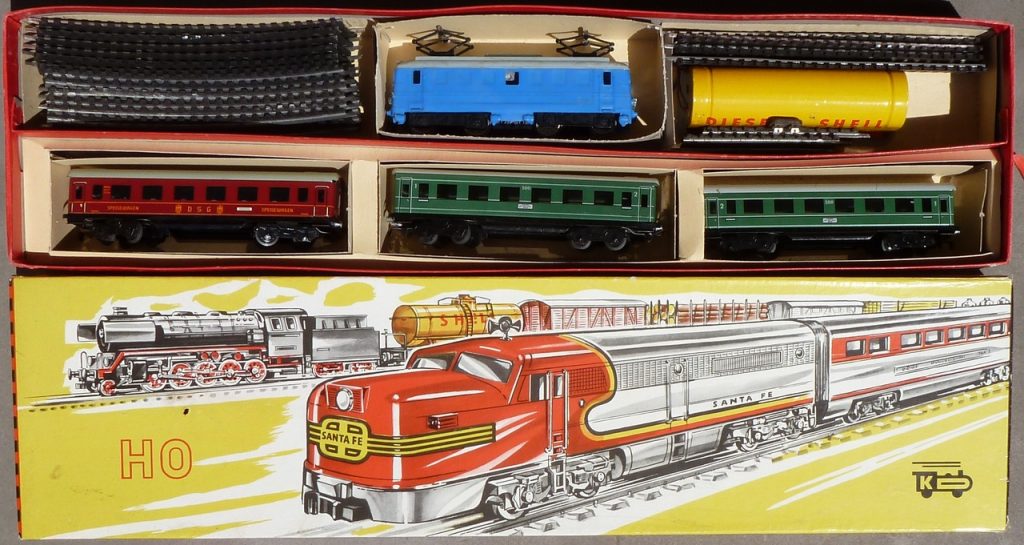
… with the locomotive in the blue version …

Here are the two Dressler locomotives besides the SEW 800 Maerklin “Bullaugen” …

…. Their noble cousin,
with which they share the singular running gear 1′-B-1 ‘…
… instead of B’B ‘.
This package, which is rather “rustic” for Franz Carl Weber, dates probably from the year 1961
….

… .with a BR 80 in a different version from the previous and three two-axles wagons.
In the mid-60s Dressler, who was already under pressure due to competition from LIMA, tried the path of realism, proposing three locomotives to the market.
The first is a BR 01 …
…. with entirely new mechanical parts and Fleischmann wheels …

… proposed also in set form, the most prestigious of the brand ….
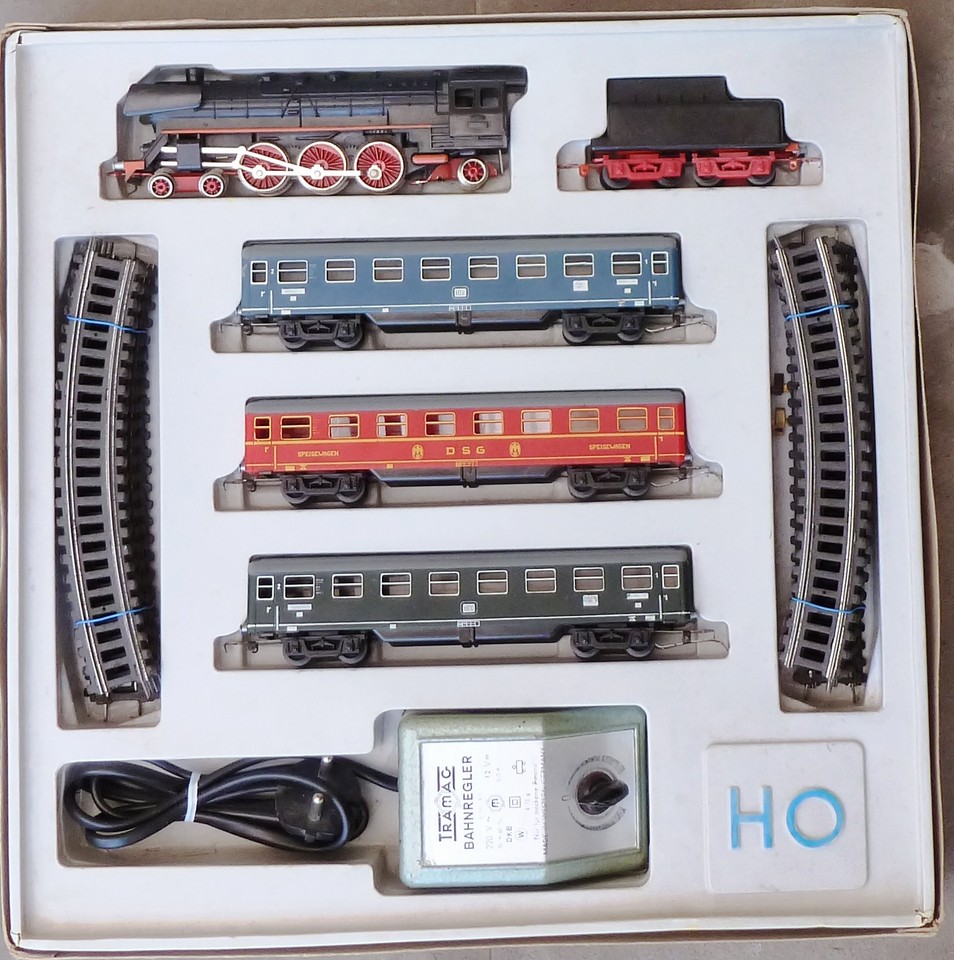
… always with Fleischmann tracks, but this time with “modern” coaches in plastic and with a power transformer.

The second is the V200 that we have already seen in the Shell box …
… .much different from the ten-year older “Mouse” ….
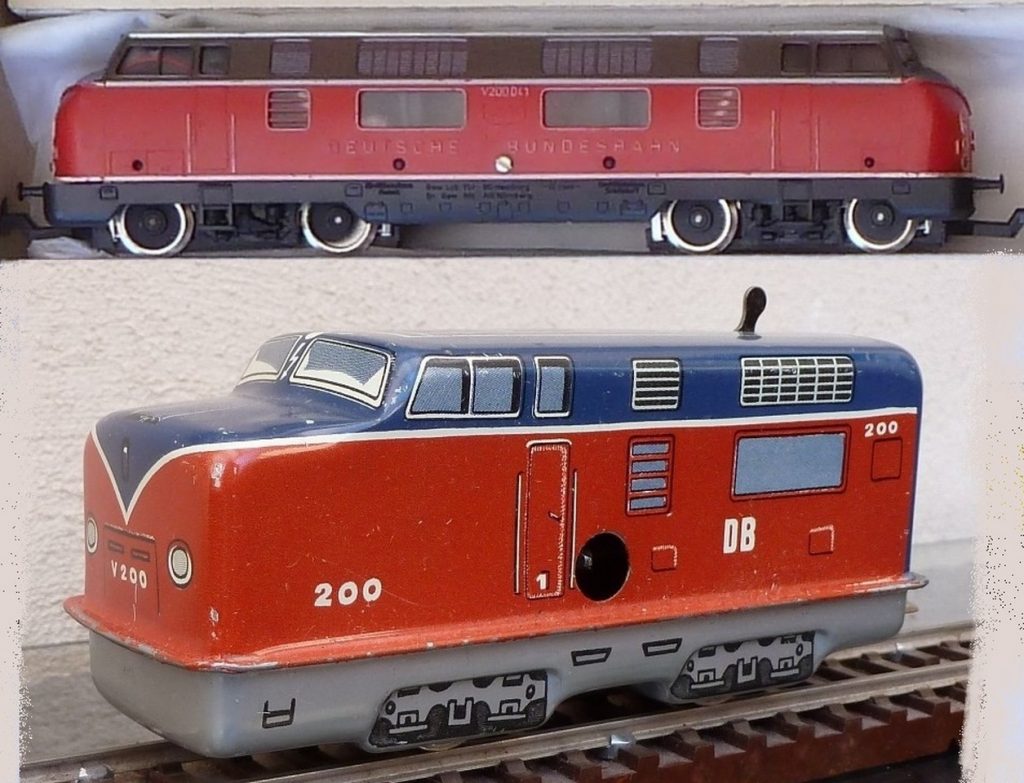
The third locomotive is the E 10 / E 40 DB, made entirely of plastic ….
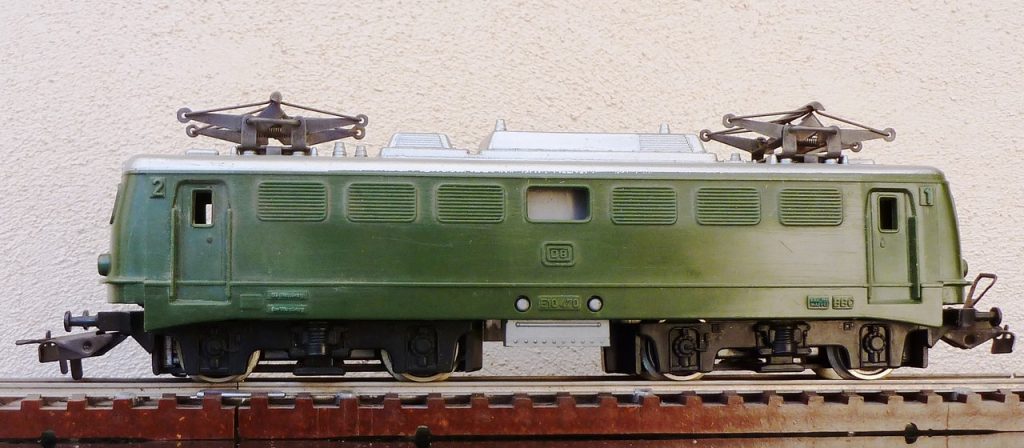
… .proposed in blue or green (coloured throughout the mass) with nickel or burnished pantographs.
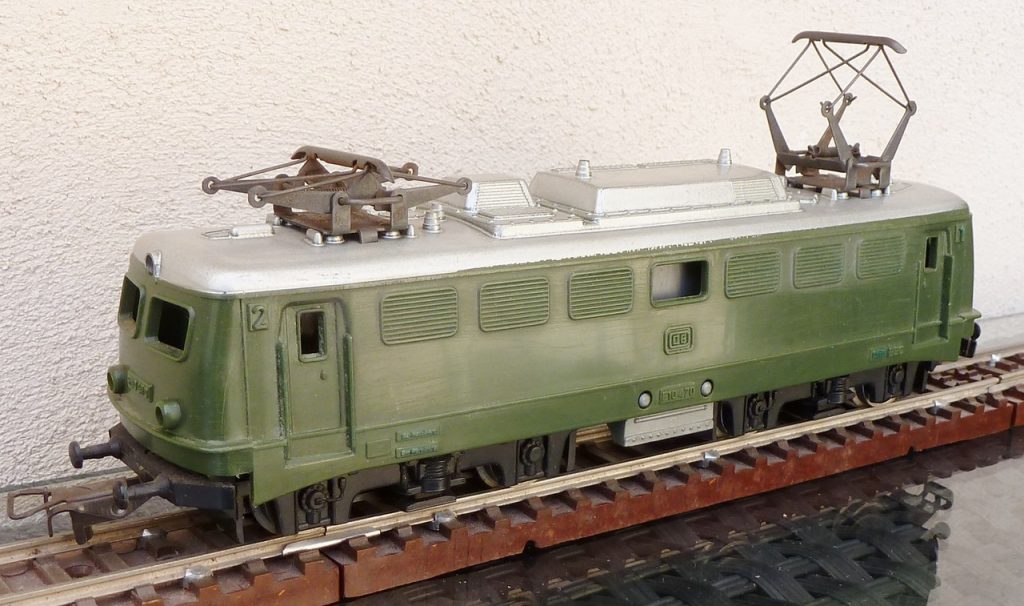
Today Dressler material in scale HO, especially that of the ’50s, has become quite rare because it originally ended up in destructive
childish hands or in the dustbin.
On the matter we also recommend the website of our friend Rainer Haug “www. spur00.de “.
And now who was Don Abbondio ?
(@April 14, 2017)
